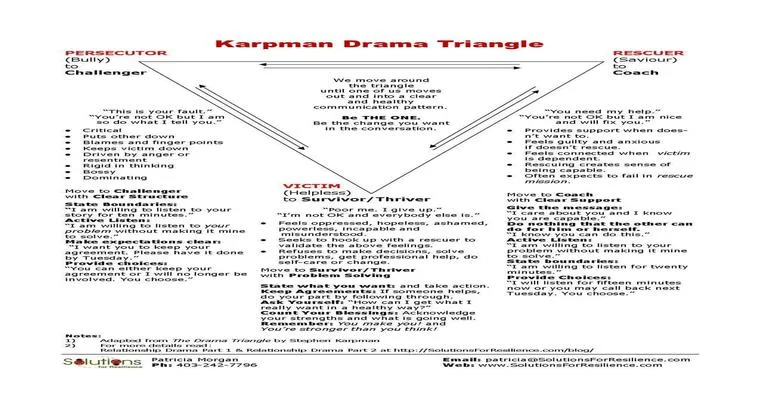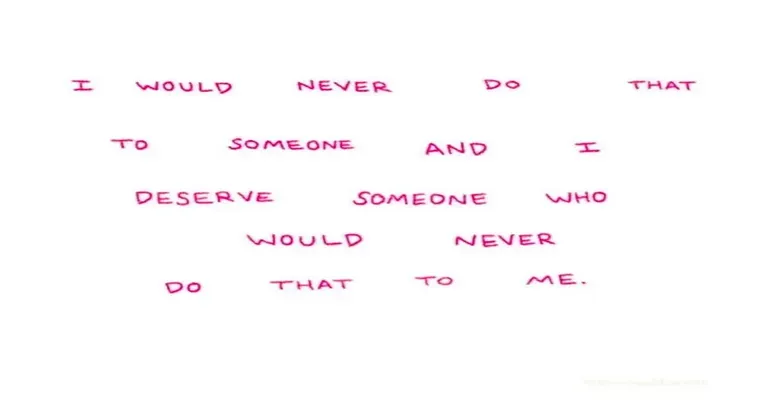The "Karpman Drama Triangle" is a psychological model that illustrates the dynamic roles people adopt in "conflict" and "relationship issues". Developed by Stephen Karpman in the 1960s, this triangle consists of three roles: the "Victim", the "Persecutor", and the "Rescuer". Understanding this model is crucial for anyone looking to improve their interpersonal relationships and break free from toxic patterns.
The Roles of the Karpman Drama Triangle
1. "Victim": The Victim feels powerless and often believes they are at the mercy of external circumstances. They may seek validation and support but often do not take responsibility for their situation. This role can lead to a cycle of dependency and resentment.
2. "Persecutor": The Persecutor is often seen as the aggressor in the triangle. They criticize, blame, or control others, which can create an environment of fear and hostility. This role may stem from a desire to exert power or control over others.
3. "Rescuer": The Rescuer thrives on helping others, often at the expense of their own needs. They may feel needed and important by taking on the burden of others' problems, inadvertently enabling the Victim's behavior. This role can lead to burnout and resentment over time.
How the Karpman Drama Triangle Manifests
The "Karpman Drama Triangle" often plays out in various settings, including personal relationships, workplaces, and even social interactions. For instance, in a family setting, one member may adopt the Victim role, while another takes on the Rescuer role, creating a cycle of dependency. In workplace scenarios, a manager may act as a Persecutor, leading to a toxic environment that stifles collaboration and creativity.
Breaking Free from the Karpman Drama Triangle
To escape the confines of the "Karpman Drama Triangle", individuals must first recognize their own role within the dynamic. Here are some strategies to consider:
1. "Awareness": The first step is acknowledging the roles we play in our relationships. Keeping a journal can help identify patterns of behavior and highlight when we slip into one of the roles.
2. "Communication": Open and honest communication is vital in breaking the cycle. Discussing feelings and experiences can lead to greater understanding and empathy among the individuals involved.
3. "Setting Boundaries": Establishing healthy boundaries can help prevent the perpetuation of these roles. Victims must learn to assert themselves, while Rescuers should focus on their own needs and well-being.
4. "Seeking Professional Help": Sometimes, the dynamics can be deeply ingrained. Consulting with a therapist or counselor can provide valuable insights and techniques for breaking free from these roles.
Conclusion
Understanding the "Karpman Drama Triangle" is essential for anyone seeking healthier relationships. By recognizing the roles of Victim, Persecutor, and Rescuer, individuals can begin to dismantle toxic patterns and foster more constructive interactions. With awareness, communication, and the willingness to change, it is possible to escape the Drama Triangle and cultivate relationships based on mutual respect and understanding.


